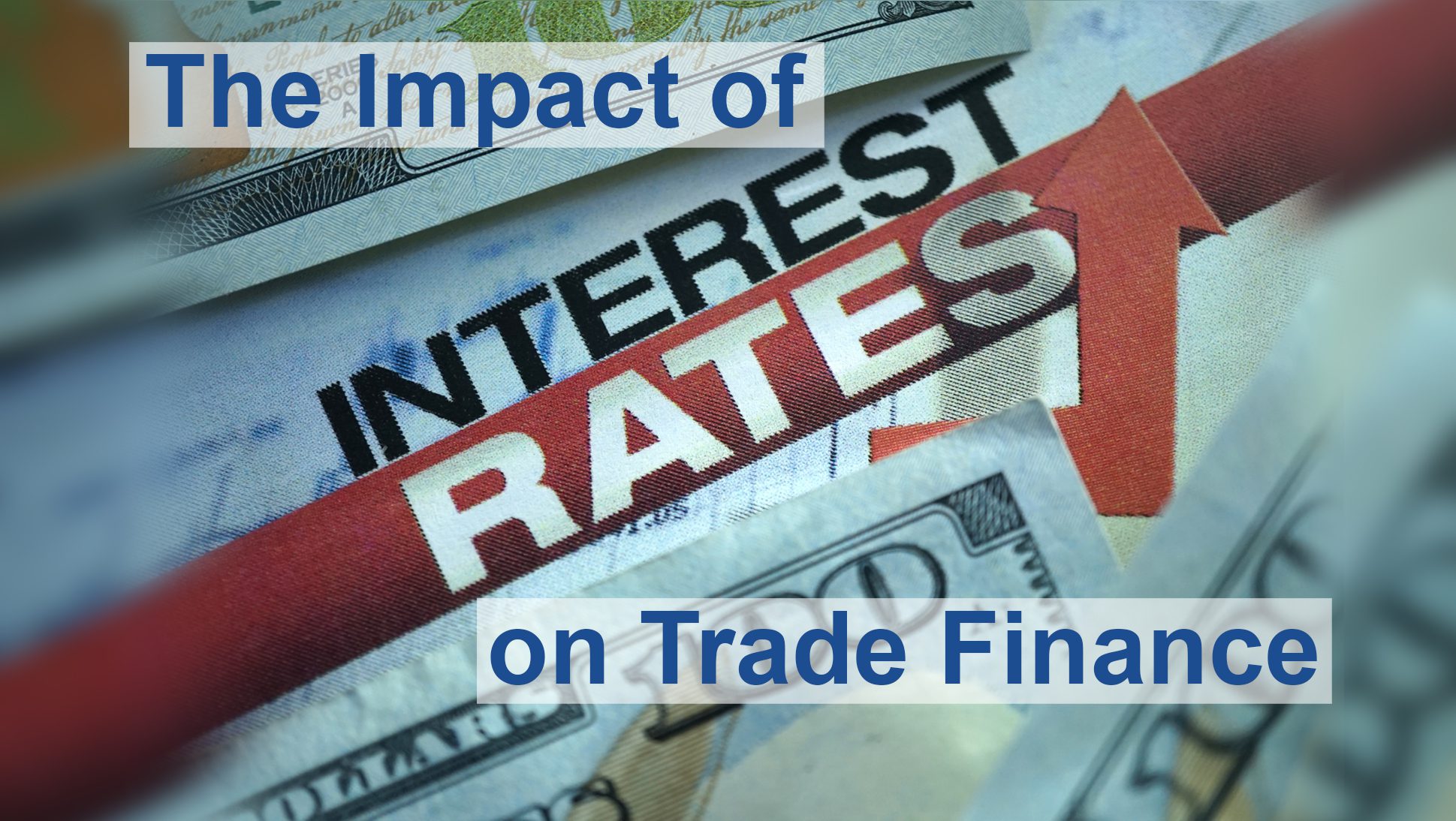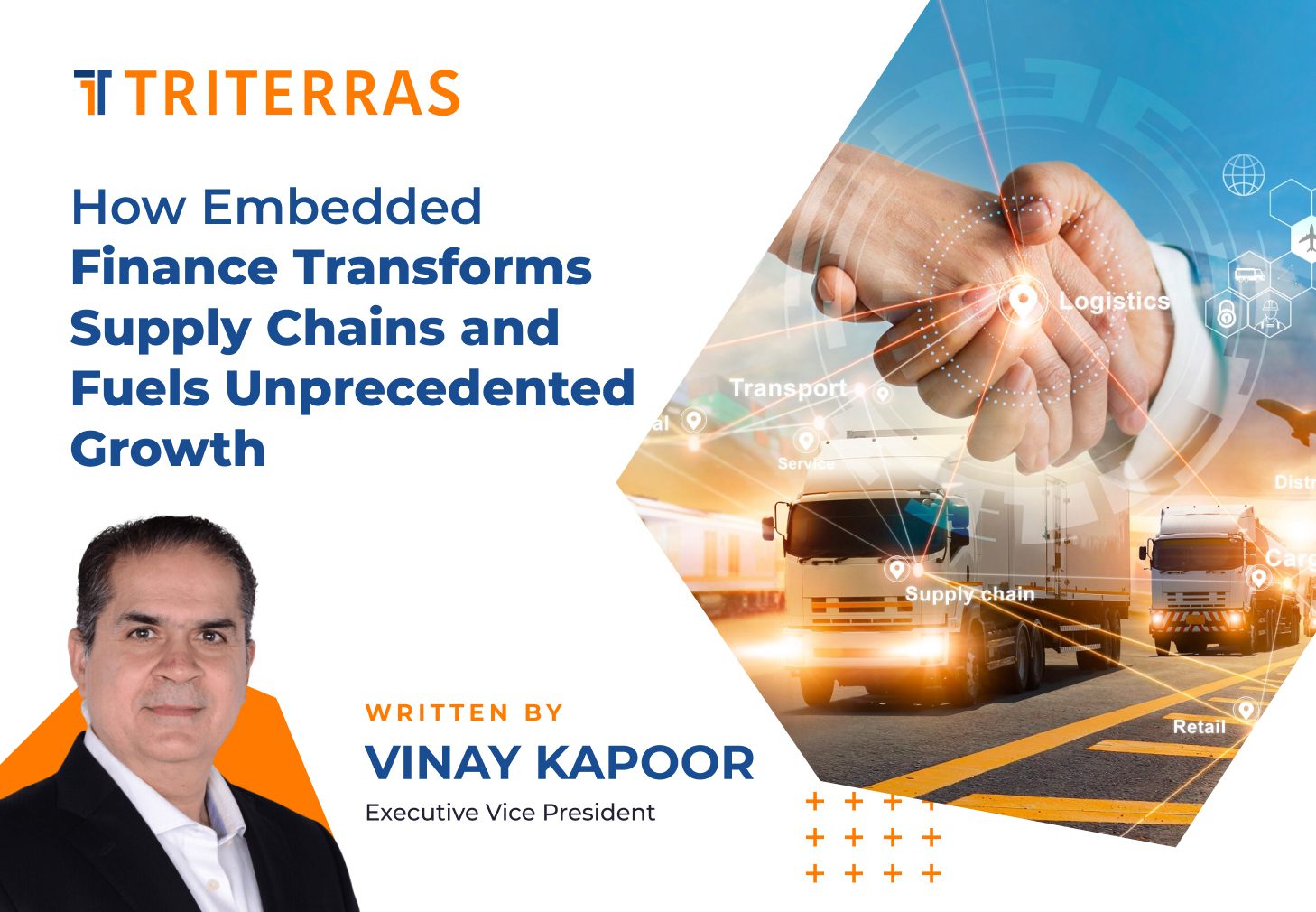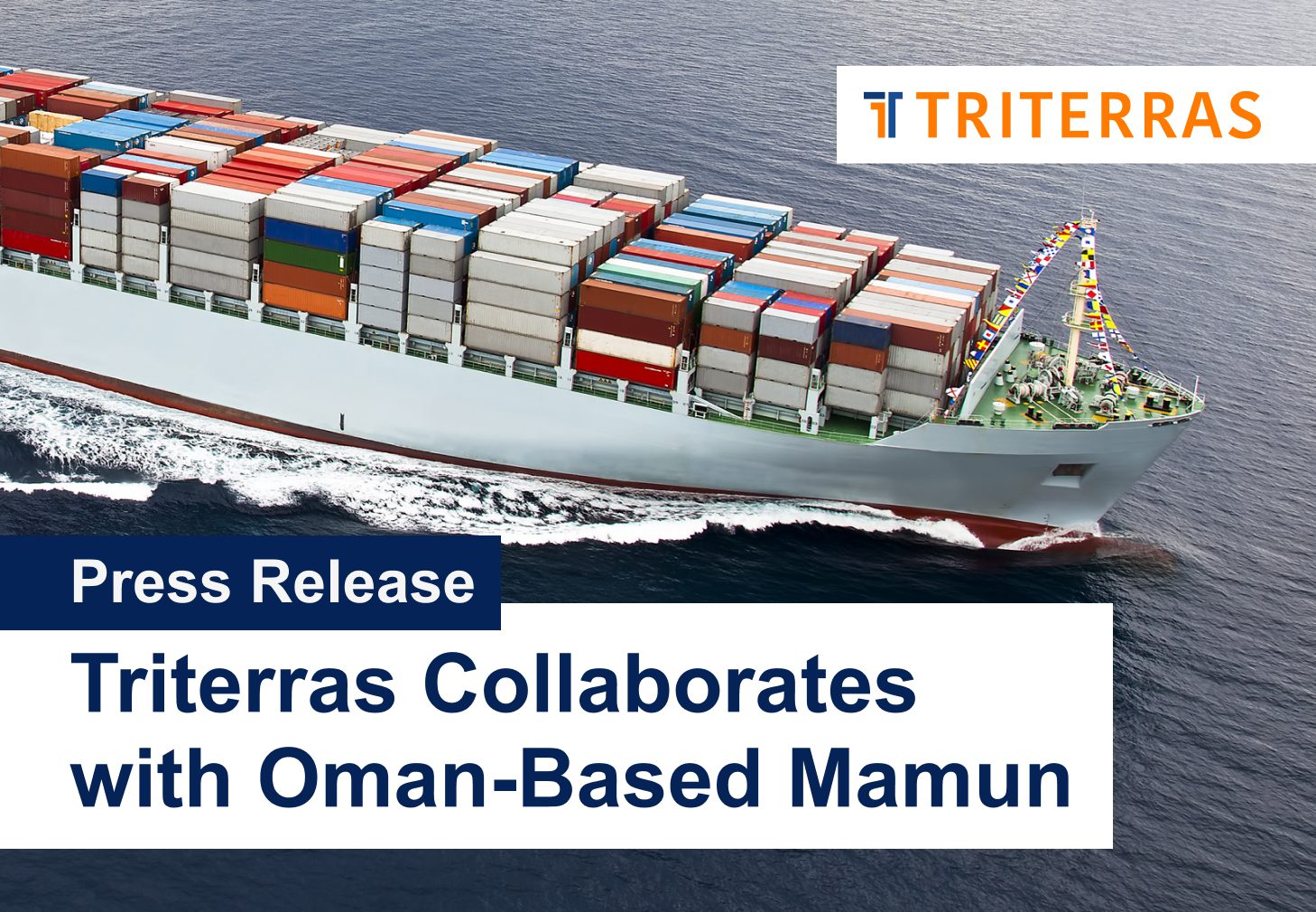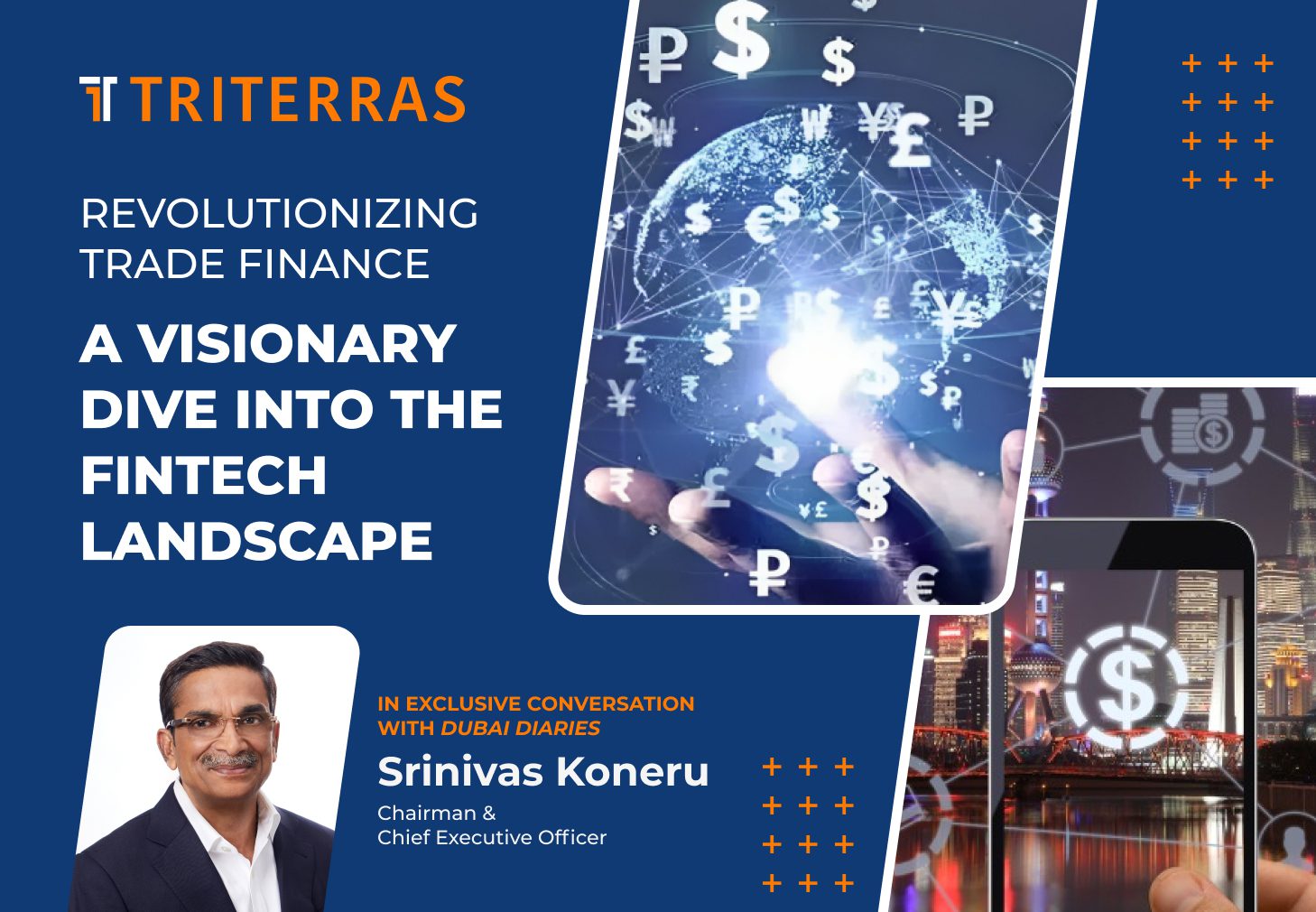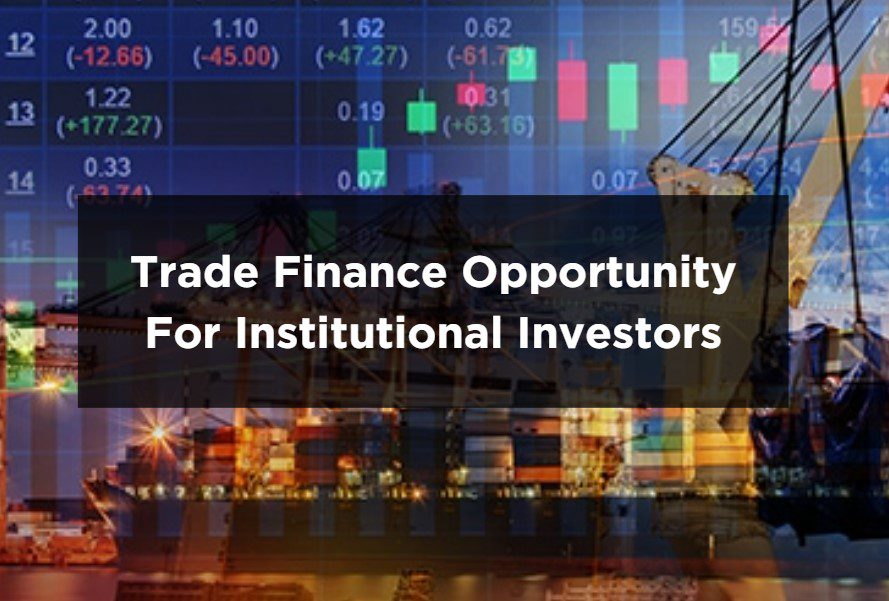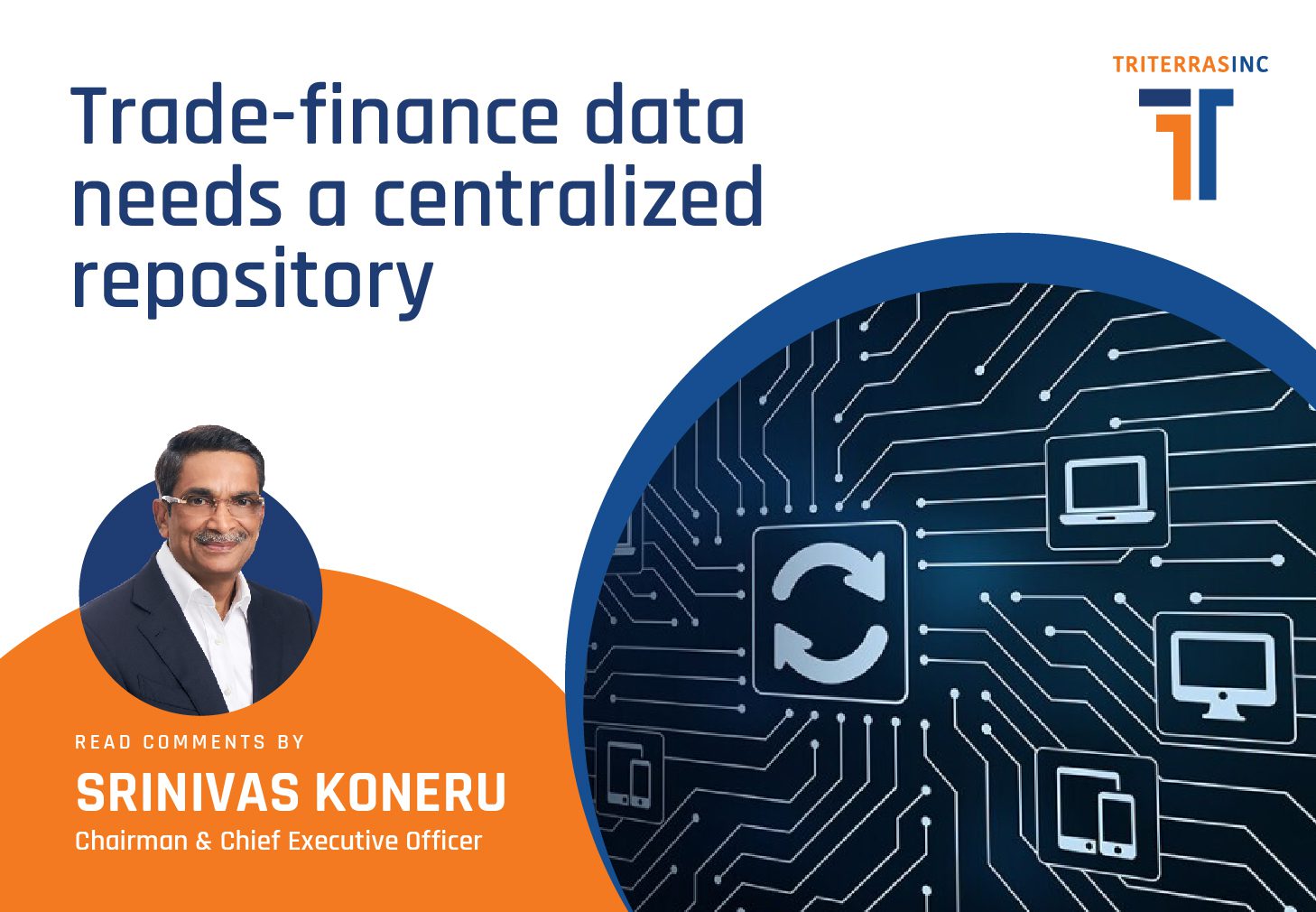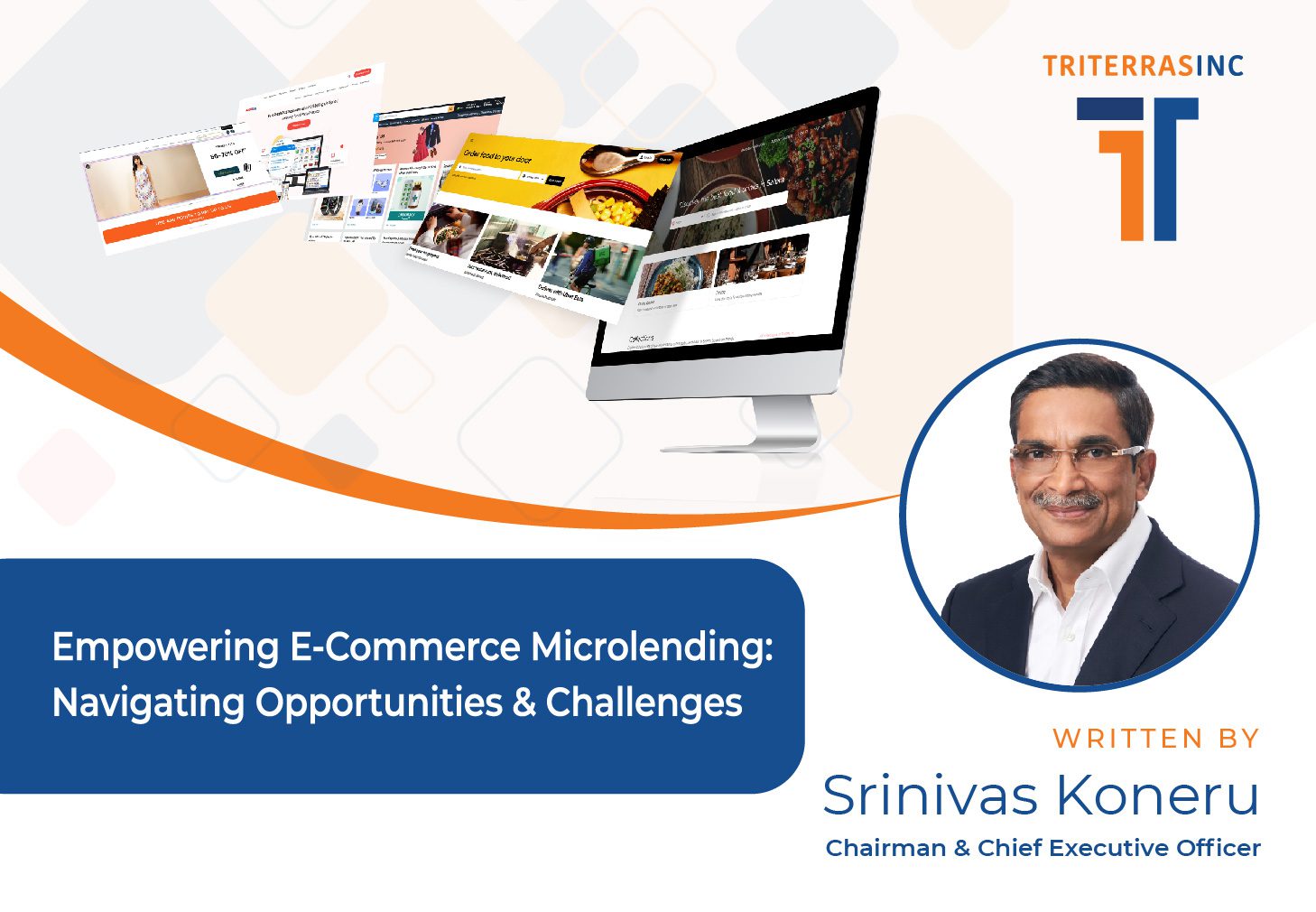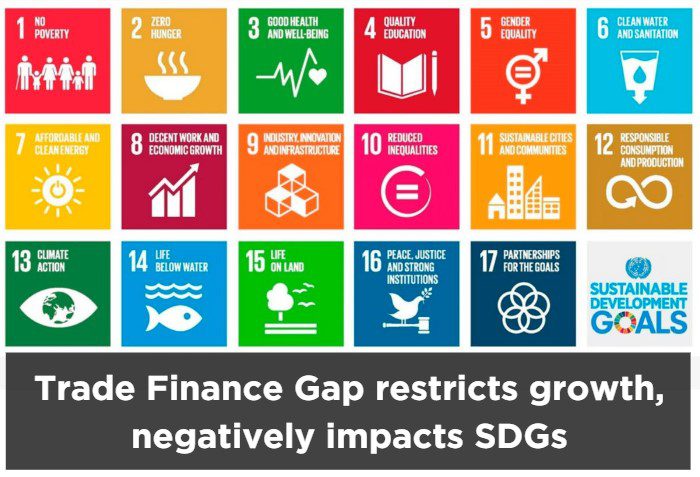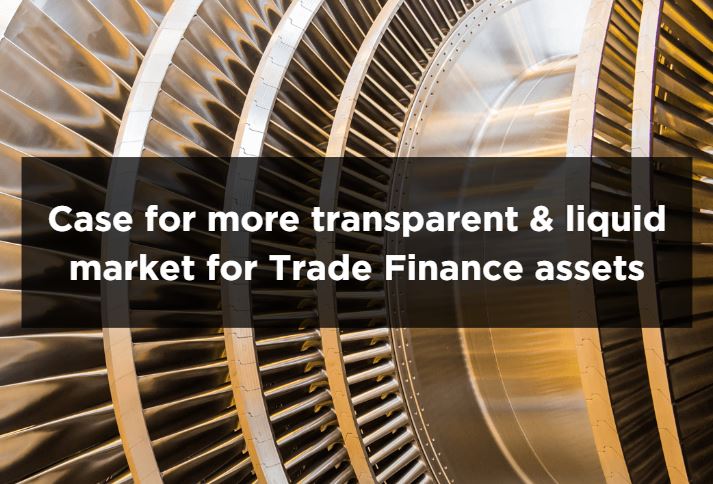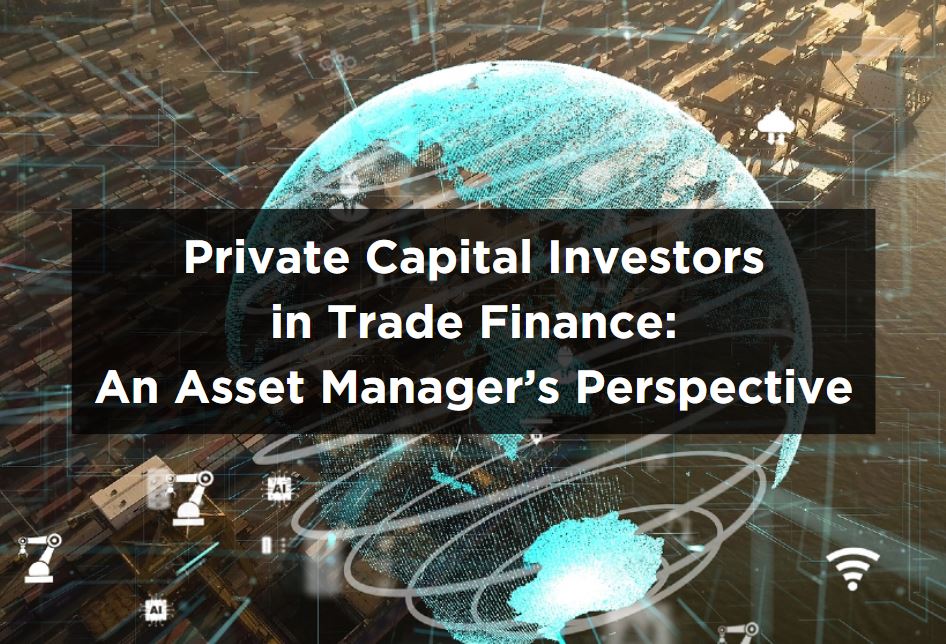Trade finance, the financial instruments, and products that enable international trade, are significantly influenced by interest rate expectations. As global trade powerhouses, the US and Europe’s interest rate changes can ripple across worldwide trade finance flows.
Current Interest Rate Landscape in the US and Europe
Recently, the US has seen rising interest rates as its economy rebounds from the pandemic. The Federal Reserve’s gradual tightening of monetary policy to combat inflation has implications for global trade finance. This rise in US interest rates poses a significant challenge to emerging markets and developing economies (EMDEs).
According to a World Bank blog, the three potential drivers of rising U.S. interest rates are (1) “real shocks,” which are prompted by improved prospects for U.S. economic activity; (2) “inflation shocks,” which reflect expectations of rising U.S. inflation; and (3) “reaction shocks,” which reflect investors’ assessments that the Federal Reserve’s reaction function has become more hawkish.
In contrast, Europe’s interest rate environment is more diverse due to the varied economic conditions among its member states. The European Central Bank’s challenge lies in implementing a unified monetary policy that caters to each country’s unique needs.
Effects on Trade Finance Flows: A Comparative Analysis
1. US Perspective
The strengthening of the US dollar resulting from rising interest rates can impact trade financing in several ways. Importers may face higher costs when purchasing goods denominated in foreign currencies, while exporters may find their products more expensive for international buyers.
Moreover, a shift in investor behavior toward higher-yielding assets due to increased interest rates may divert capital flows away from international trade. For US companies engaged in trade, these factors may lead to reevaluating their financing strategies and hedging against currency risks to maintain competitiveness in the global market.
2. European Perspective
The Eurozone’s complex interest rate dynamics can affect trade finance activities within the region and across borders. For example, as of June 2023, the central bank of Hungary set the key interest rate to 13 percent, making it the highest central bank interest rate in the EU whereas Bulgaria had the lowest rate at 2.77 percent. Countries with different interest rate expectations may experience divergent trade financing conditions. This divergence can create challenges for businesses in the Eurozone, as financing costs and currency fluctuations vary among member states.
As European companies navigate these uncertainties, they must adopt alternative financing options and risk management strategies to safeguard their trade operations and profitability.
3. Global Perspective
The global perspective on trade finance flows is a complex and multifaceted issue. The impact of trade finance on global trade flows is significant, as it provides the necessary liquidity for international trade transactions. In developing countries, trade finance plays a crucial role in facilitating trade, especially for small and medium-sized enterprises (SMEs) that may lack access to other forms of financing.
According to a study by the Asian Development Bank, the gap in the availability of trade finance was estimated to be $1.7 trillion in 2020, which is equivalent to 10 percent of global trade. Disruptions fueled by the pandemic in the past and current interest rate hikes are acknowledged by many experts to have exacerbated this shortfall, which is expected to persist absent proactive measures.
Trade Financing Strategies in Response to Changing Interest Rates
In response to changing interest rates, companies can implement various strategies. These include hedging against interest rate risk, businesses can consider financial instruments such as interest rate swaps or forward contracts, which allow them to lock in favorable borrowing rates and stabilize cash flows, leverage export-import bank facilities, and manage currency risk.
Considering alternative financing options, such as supply chain financing or factoring, can provide greater financial flexibility while reducing dependency on traditional bank loans. Strengthening financial resilience and maintaining adequate liquidity are essential for businesses operating in volatile interest-rate environments.
Future Outlook and Conclusion
The changing interest rate expectations in the US and Europe can influence trade policies and agreements. Governments and policymakers must consider the impact of interest rate adjustments on trade finance flows when formulating economic strategies. Stability and predictability in trade policies become vital to ensure smooth trade finance operations.
While the impact varies depending on the nature of the shocks driving interest rate changes, the overall effect is a reshaping of global trade finance dynamics. While challenges exist, proactive measures, such as hedging, diversification, and adaptation of financing strategies, can help businesses navigate changing interest rate environments successfully.
In conclusion, understanding the relationship between interest rates and trade finance is essential for businesses engaged in global trade. By anticipating and responding to changing interest rate expectations in the US and Europe, companies can optimize their trade financing activities and maintain a competitive edge in the global marketplace.

